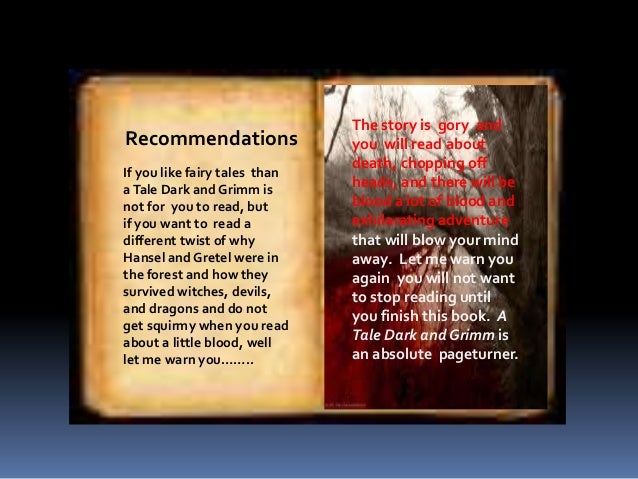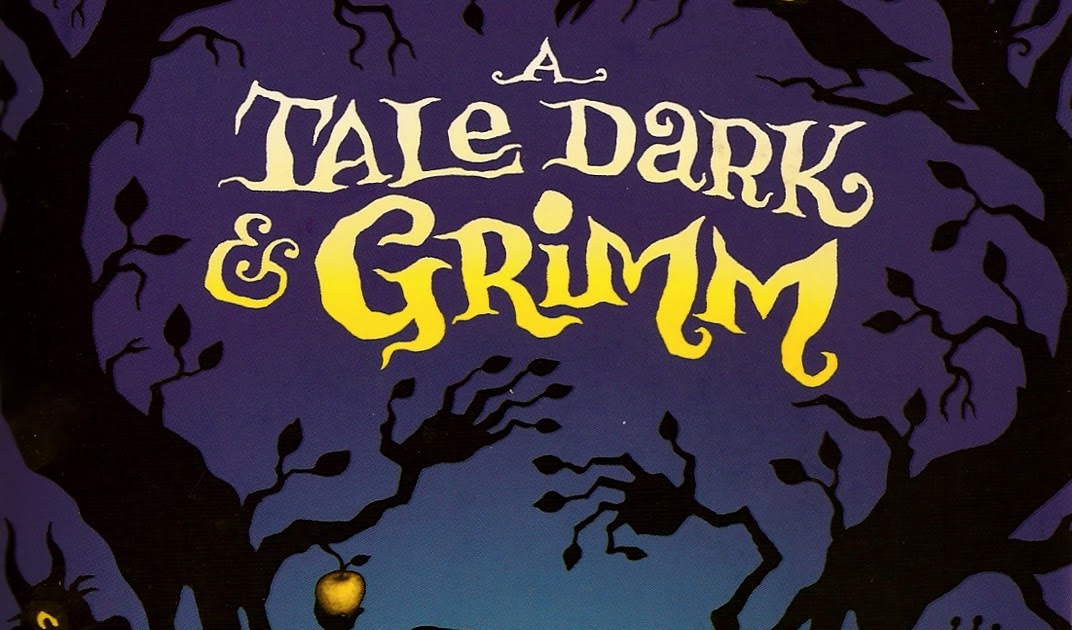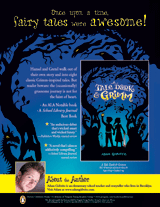

Students could try to identify the fairy tales incorporated in A Tale Dark & Grimm in addition to the obvious inclusion of Hansel and Gretel (I tried to find a list, but I couldn't).

This would also make for a great pairing with some of the original versions of the Grimm brothers' fairy tales. Students could debate whether this book is too violent for this recommended grade/age range. The official recommendation for the book is grades 5 and 6, ages 10 - 12. Students could then evaluate whether or not this book fits the genre. After reading, have students generate a list of essential elements in a fairy tale. While I've decided young adult fractured fairy tales are more my style, I would still read the next two books in this series.Ĭlassroom application: This novel is appropriate for 5th grade and up. Likewise, younger readers will likely delight in the children who are wiser than their foolish parents. The plot is full of fun, humor, and unexpected twists, but the interrupting narrator got on my nerves (younger readers might find it entertaining).


Why I liked it: I usually love fractured fairy tales, and I mostly liked A Tale Dark & Grimm (it's the first in a series). As readers follow the siblings through a forest brimming with menacing foes, they learn the true story behind (and beyond) the bread crumbs, edible houses, and outwitted witches.įairy tales have never been more irreverent or subversive as Hansel and Gretel learn to take charge of their destinies and become the clever architects of their own happily ever after. The basic plot from Amazon: In this mischievous and utterly original debut, Hansel and Gretel walk out of their own story and into eight other classic Grimm-inspired tales.


 0 kommentar(er)
0 kommentar(er)
